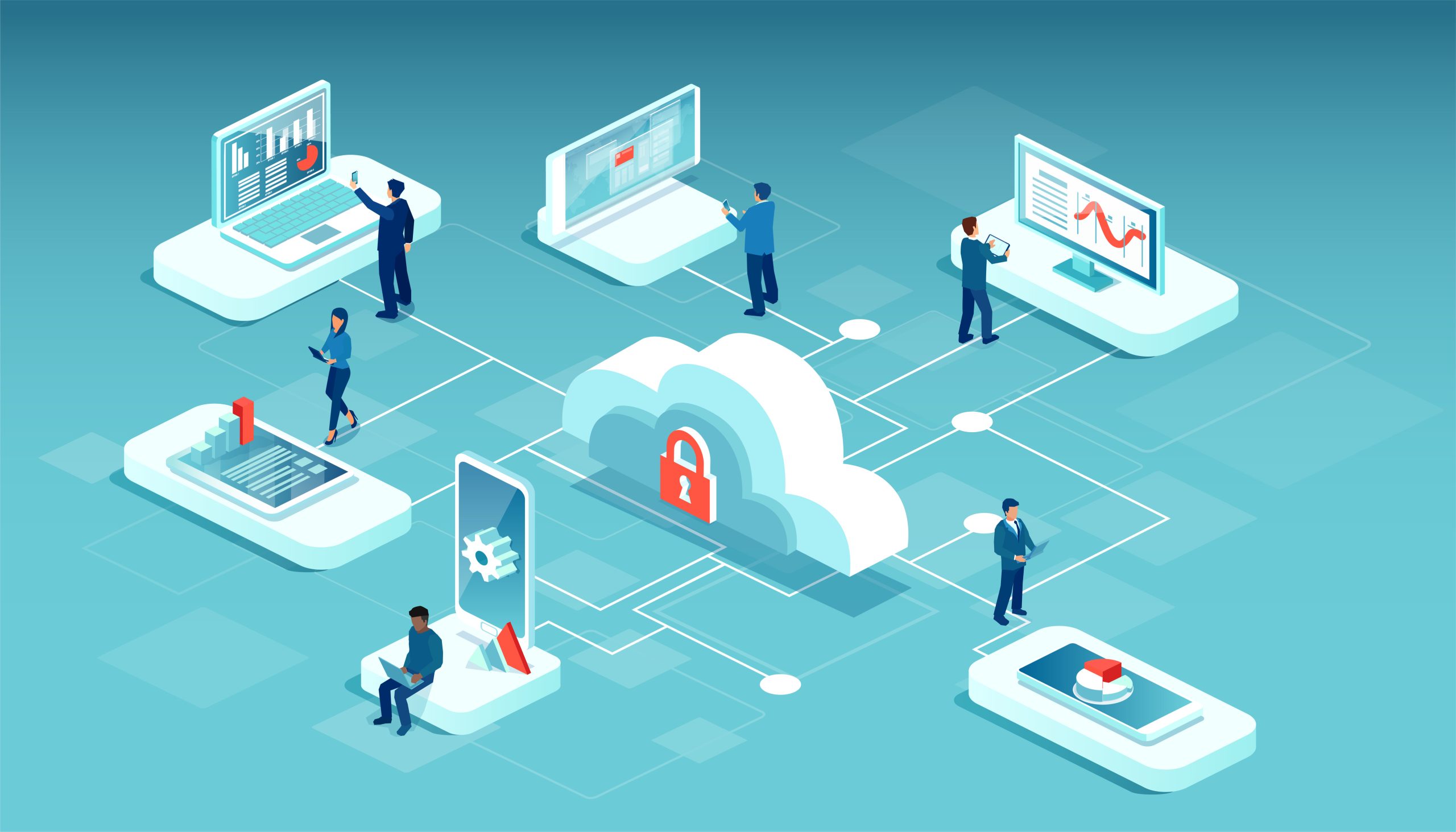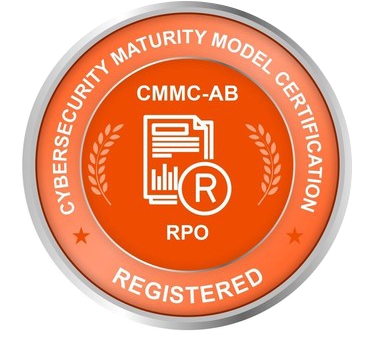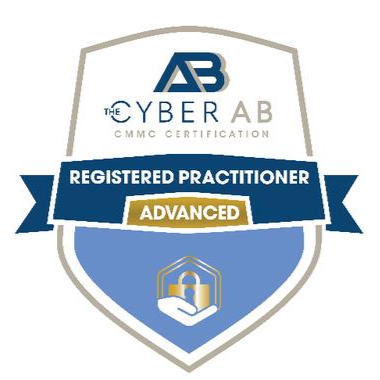Beware of Toll Scams: How to Protect Yourself from Fraudulent Toll Charges With the rise of digital transactions and automated toll systems, scammers have found new ways to exploit unsuspecting drivers. Toll scams are on the rise, targeting individuals via email, text messages, and even fake websites designed to steal personal and financial information. Here’s what you need to know about these scams and how to protect yourself.
With the rise of digital transactions and automated toll systems, scammers have found new ways to exploit unsuspecting drivers. Toll scams are on the rise, targeting individuals via email, text messages, and even fake websites designed to steal personal and financial information. Here’s what you need to know about these scams and how to protect yourself.
How Toll Scams Work
Scammers impersonate legitimate toll authorities like E-ZPass, SunPass, or other regional toll agencies. They often send messages claiming that you have an outstanding toll balance or an unpaid violation that needs immediate attention. These fraudulent messages may include:
- Emails or text messages claiming you owe toll fees, with a link directing you to a fake payment site.
- Phone calls from scammers pretending to be toll agencies, pressuring you to make a payment over the phone.
- Fake websites that closely resemble official toll agency sites, designed to steal your login credentials or credit card information.
Red Flags to Watch Out For
- Unsolicited messages – If you receive an unexpected toll violation notice via email or text, be cautious. Most toll agencies send invoices by mail.
- Urgent or threatening language – Scammers often use fear tactics, warning that your license could be suspended or that you’ll face hefty fines if you don’t pay immediately.
- Suspicious links – Hover over links before clicking. If the URL looks unfamiliar or doesn’t match the official toll agency’s website, it’s likely a scam.
- Requests for personal information – Legitimate toll agencies will never ask for sensitive details like your Social Security number, banking credentials, or passwords via email or text.
How to Protect Yourself
- Verify with Your Toll Provider – If you receive a toll-related message, visit the official toll agency website by typing the URL directly into your browser instead of clicking any links in the message.
- Check Your Account – Log in to your official toll account to see if there are any unpaid charges.
- Be Cautious with Emails and Texts – Don’t click on links or open attachments from unknown sources. Instead, contact the toll agency directly.
- Look for Secure Websites – If you need to make a toll payment online, ensure the website URL starts with “https://” and matches your toll provider’s official domain.
- Report Suspicious Messages – If you receive a fraudulent toll notice, report it to your toll agency and forward phishing emails to organizations like the FTC at reportphishing@apwg.org.
What to Do If You’ve Been Scammed
If you’ve accidentally provided payment information to a scammer, take immediate action:
- Contact your bank or credit card provider to report fraudulent charges.
- Monitor your accounts for any unauthorized transactions.
- Change your passwords if you entered login credentials on a suspicious website.
- Report the scam to your toll agency and local authorities.
Final Thoughts
Toll scams are becoming increasingly sophisticated, but by staying vigilant and knowing the warning signs, you can protect yourself from falling victim. Always double-check messages, avoid clicking suspicious links, and when in doubt, go directly to your toll provider’s website.
Have you encountered a toll scam recently? Share your experience in the comments to help others stay informed!









